Water lily (Nymphaea) is an aquatic plant prized for its large floating leaves and colourful flowers, ideal for ponds. The water lily can be planted directly on pond bottom or grown in perforated baskets designed for aquatic plants, which are then placed on pond bottom. Grown in pot or basket, water lily requires a heavy substrate, appropriate water depth and enough space for its development. Repotting becomes necessary when there is not enough room for its rootstock and its growth slows. Follow our advice to succeed in repotting water lily!
Why repot your water lily?
Repotting water lily makes it possible to give more space to rootstocks, to renew depleted substrate, and to promote abundant flowering. It can also be a good opportunity to divide the water lily to regenerate clumps and obtain new young plants. Over time, plant may become cramped in too small a container, slow its growth or produce fewer flowers. Roots overflowing pot or lack of flowering are signs that repotting is necessary.
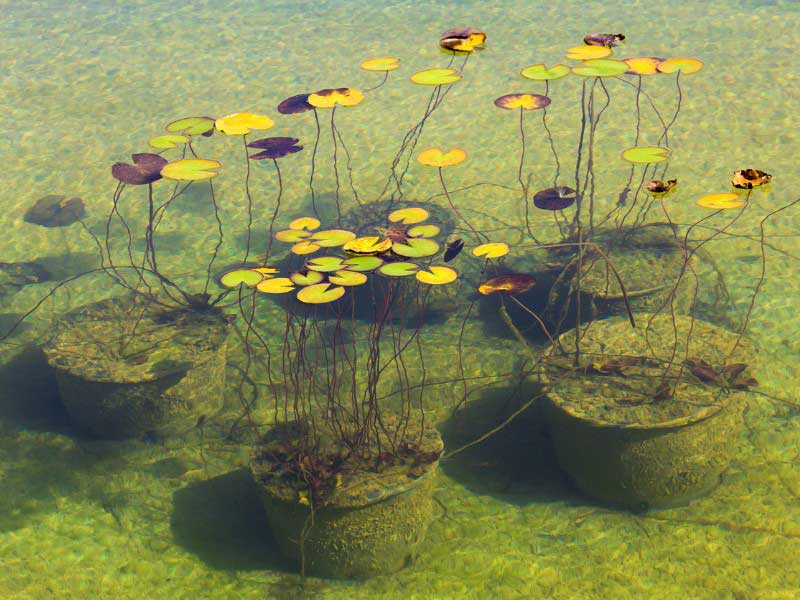
When to repot the water lily?
Repotting is ideally carried out between May and July, when water is warm enough and plant enters growth phase. This makes recovery after handling easier. Outside this period, repotting remains possible in emergencies, notably if basket is damaged or roots are distressed.
Which pot to choose for repotting your water lily?
Ideal container is a perforated aquatic basket (basket specially designed for aquatic plants), which ensures good water circulation. It should be slightly larger than previous one, without excess, to accommodate development of rootstocks. You can use jute cloth or geotextile felt to retain substrate inside basket.
Ideal substrate for repotting a water lily
Water lily needs a heavy, rich substrate, such as clay soil or a special aquatic plant compost. This type of soil anchors rootstocks well and limits water turbidity. A layer of gravel at bottom of basket improves drainage, while a few stones on surface protect substrate from disturbance.
Tools needed to repot a water lily
- A perforated basket, slightly wider than previous one.
- Suitable substrate, ideally compost for aquatic plants.
- Gravel or expanded clay pebbles.
- Jute cloth or geotextile felt to keep substrate in pot.
- A pruning shear or a clean knife, to tidy rootstocks.
Practical steps to repot a water lily
- Remove water lily from water, let drain and remove old substrate by untangling roots.
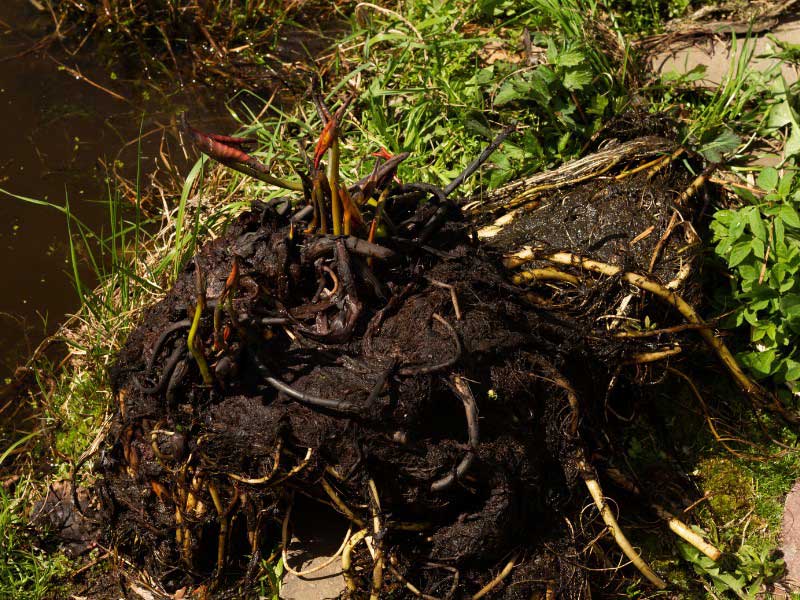
- Cut damaged or rotten roots with a clean knife or pruning shear. Keep only healthy sections.
- If rootstock is too large, you can divide it using a clean knife. Each piece must include at least one bud. Discover our tutorial on this subject: "How to divide a water lily?"
- Prepare basket by placing a 10–15 cm layer of compost.
- Place rootball in basket, positioning rootstock obliquely with bud facing upwards, slightly above substrate.
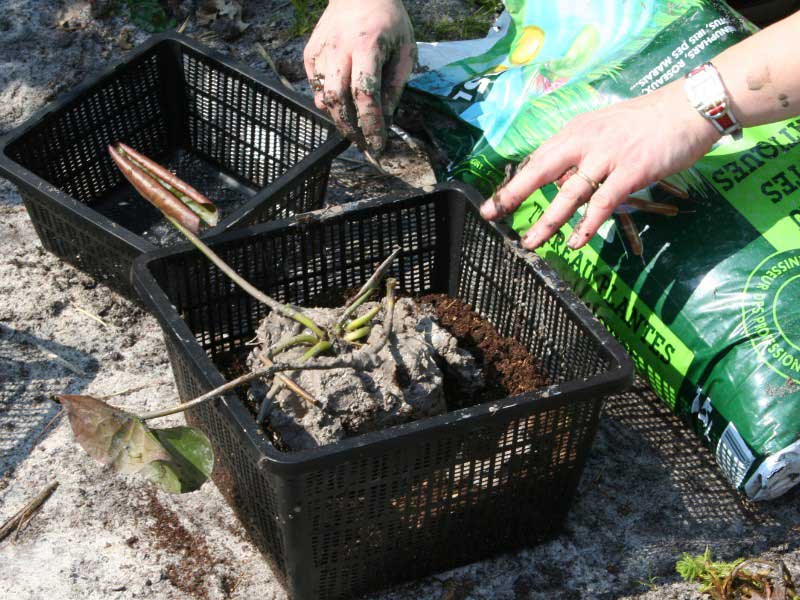
- Add substrate around rootball, without burying bud, and firm lightly without compressing.
- Place a layer of small pebbles or gravel on top to stop compost dispersing in water.
- Moisten substrate.
- Gradually reimmerse basket in pond: start at shallow depth (maximum 10 cm) and increase depth as plant grows (usually between 60 and 80 cm final depth).
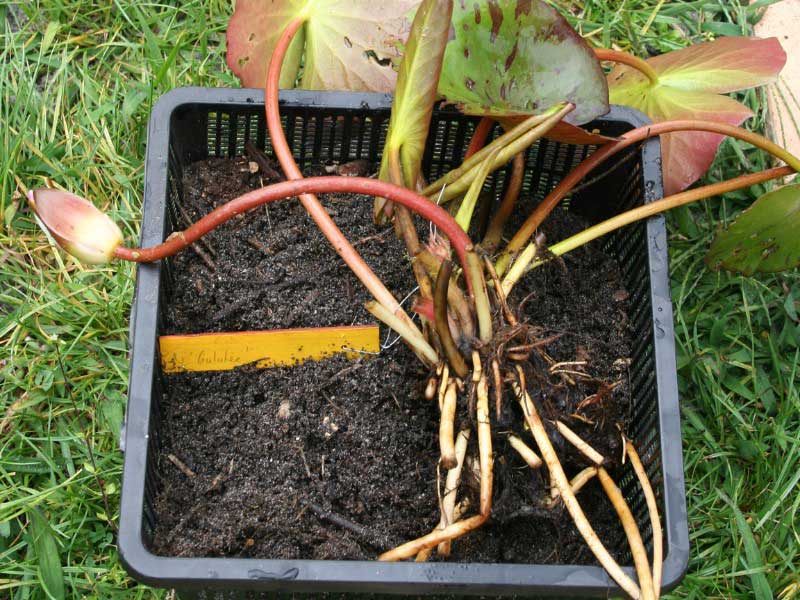
After repotting: care and maintenance for water lily
After repotting water lily, it is essential to provide conditions favourable to recovery. A well‑sunny position, with at least six hours of direct light per day, is recommended to stimulate flowering. Water should remain clean, without sudden fluctuations in level or temperature. During first weeks, avoid prolonged exposure to intense full sun or strong winds, as plant may still be fragile. It is also not advisable to add too much fertiliser immediately after repotting: gentle, localised feeding at base of rootstocks is sufficient at start of season. To help plant restart well, topping substrate with gravel protects it from disturbance by water movement or digging fish. Finally, monitor for appearance of new leaves and remove damaged parts to encourage healthy, continuous growth.
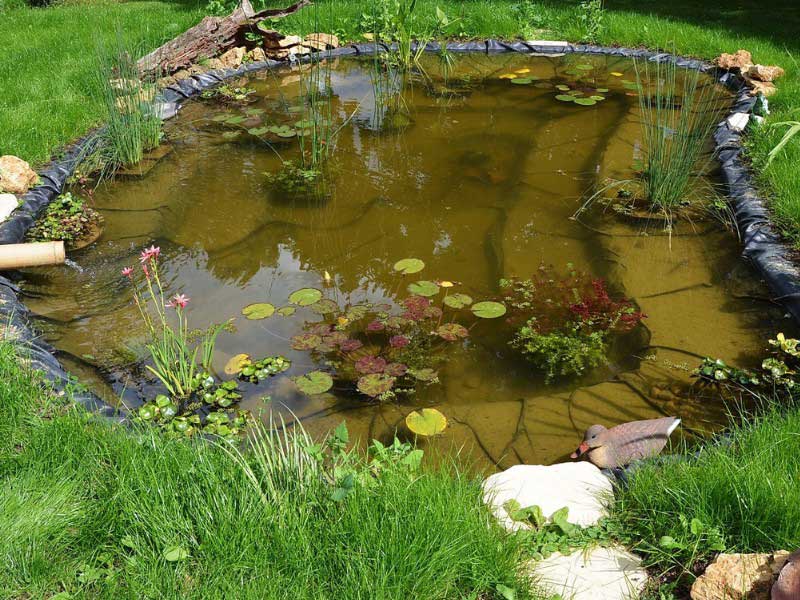






























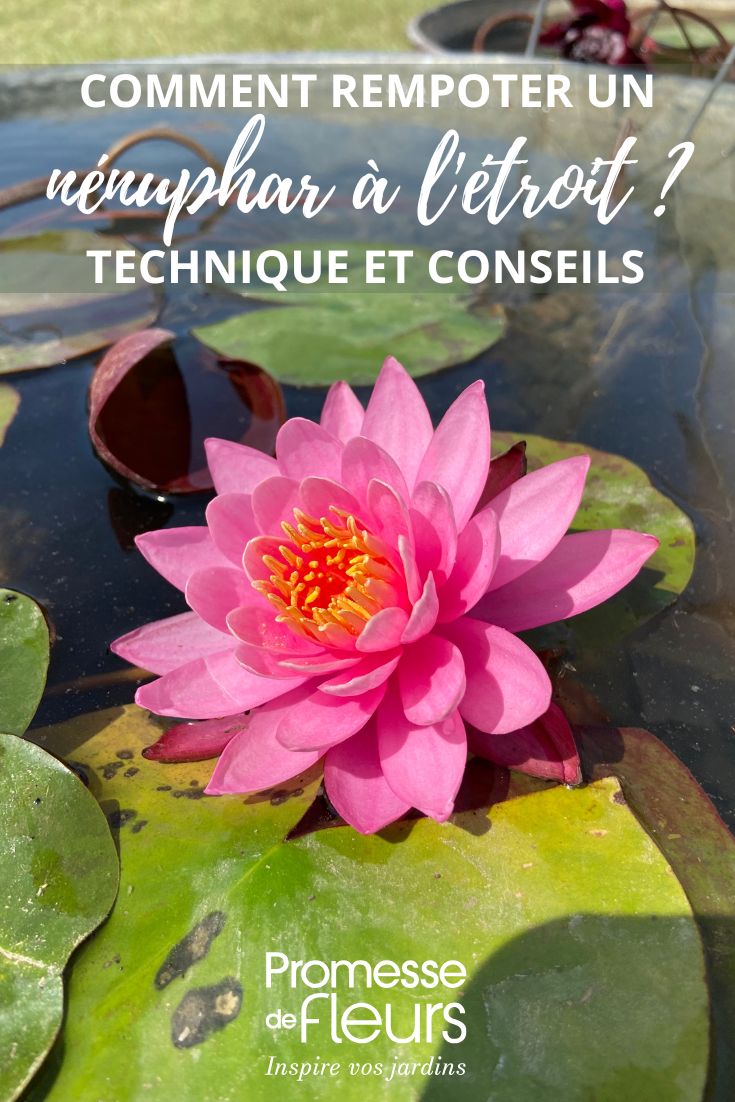
Comments